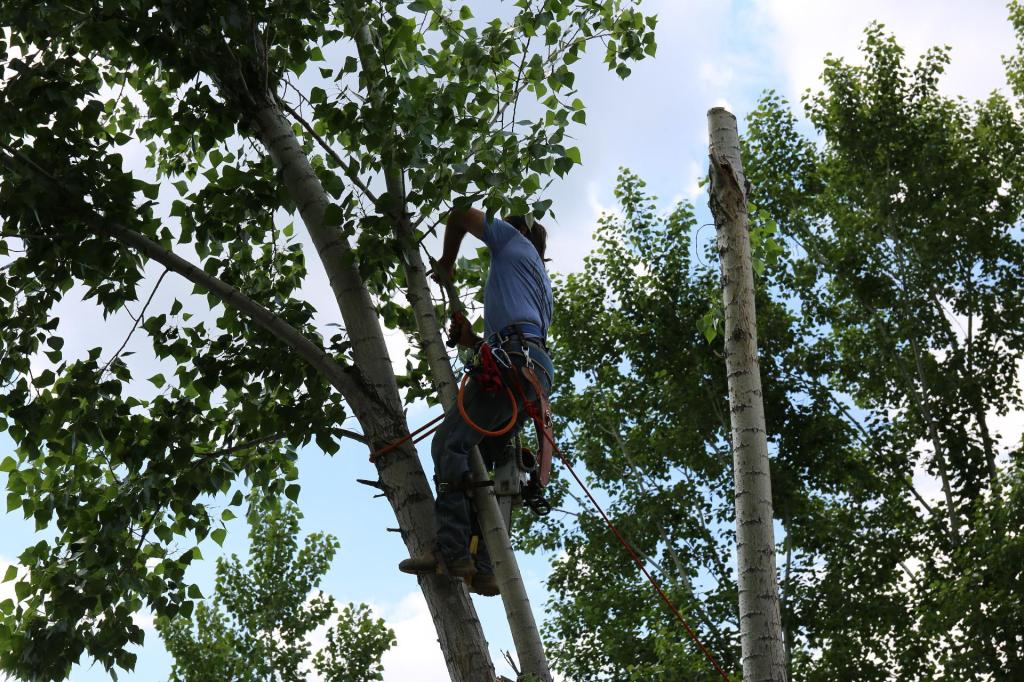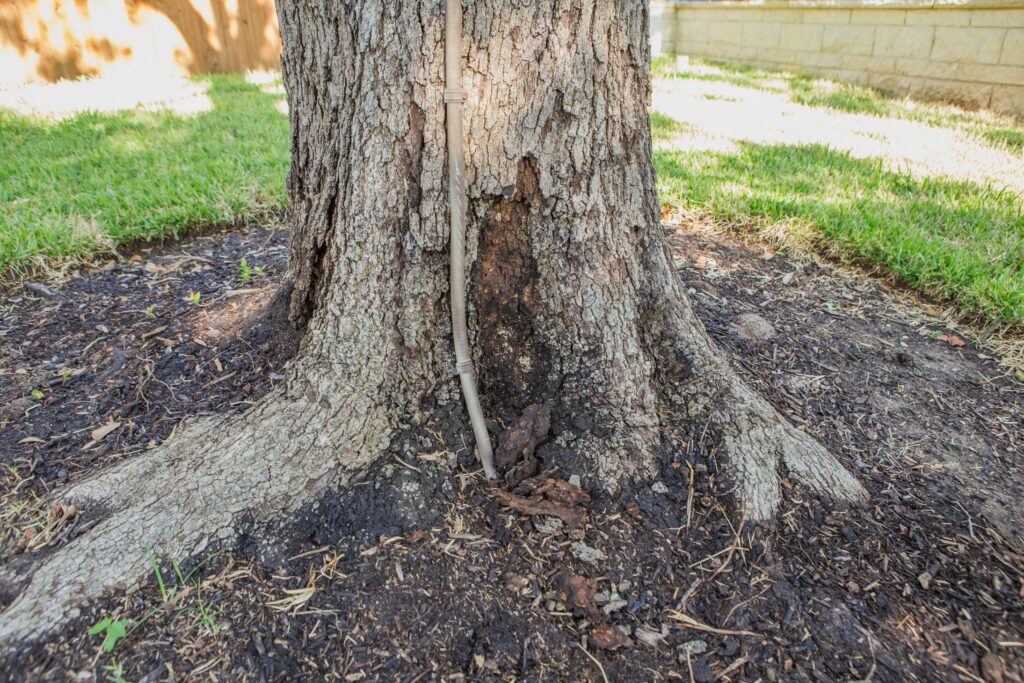There are several signs you need to call a professional tree lopping service. This guide will help you identify them, so you can make the right decision about whether or not to hire a company to work on your trees.
One of the biggest signs you need to call a tree lopping professional is when you notice roots starting to decay. Root damage can lead to leaning trees and dead branches, which can be dangerous for you or your property.
Dead Branches
Dead branches are a common sign that your tree needs to be trimmed. They can be a nuisance to clean up, block your view or make the tree look ugly, and can also fall on people or damage property.
Many branches and twigs die over time because they become dormant and cannot send the necessary resources to the parts of the tree that are alive. This process is called crown dieback or crown thinning.
When a branch or twig is dead, it will be hard to snap, light, dry, and hollow inside. A living branch, on the other hand, will be flexible and bendable without snapping or cracking.
Another common clue that a branch is dead is that it has no buds. A living branch will have a few firm or swelling buds at each node, but dead branches will only have dry, shriveled buds that collapse when squeezed between your fingers.

Pest Infestations
Infestations can be a serious threat to your home’s health and safety. They can spread disease, damage property and put people at risk of illness or even death.
The best way to protect your home and family is to prevent pests from entering. You can do this by minimizing clutter and cleaning your house thoroughly.
If you see rodents or insect droppings around your property, they may be a sign of infestation. Droppings can range from small pellets to large solid chunks of discarded flesh or skin, shed wings, and body parts.
If you notice signs of infestation on your tree, call a professional tree lopping service right away. They can determine the type of problem and prescribe the most effective treatment to get rid of them.
Damaged Branches
If the branches of your tree have broken off, or you notice that a significant amount of them are dead and rotting, it’s a sign you need professional help. Branches that fall on nearby buildings, cars, or fences can cause severe damage.
When a damaged tree branch is not too large, you can prune it to reduce the risk of further damage and increase the likelihood that it will heal itself over time. If you have any doubts, consult with a certified arborist before pruning.
A good rule of thumb is to remove the dead or damaged limbs, but leave some intact so the tree can train new limbs to grow to replace them.
Then, make a final cut just outside the collar that surrounds the base of the branch. This area is usually rougher and more swollen than the rest of the stem tissue.
Damaged Trunk
If your tree has been severely damaged by a deer or another animal, it might not survive. If a significant amount of bark has been scraped away all the way around the trunk, this is called girdling and it will kill the tree if left untreated.
However, if the damage is less than 25 percent of the tree’s circumference, it should recover and survive with little problem. This is because the remaining healthy bark will carry water and nutrients up and down the trunk.
If the damage is more extensive and interferes with the tree’s ability to transport water and nutrients, you may need to intervene. This can be done with a technique called bridge grafting, which literally “builds” a scion (a twig from last season’s growth) to span the wound and carry water and nutrients up and down the trunk.

